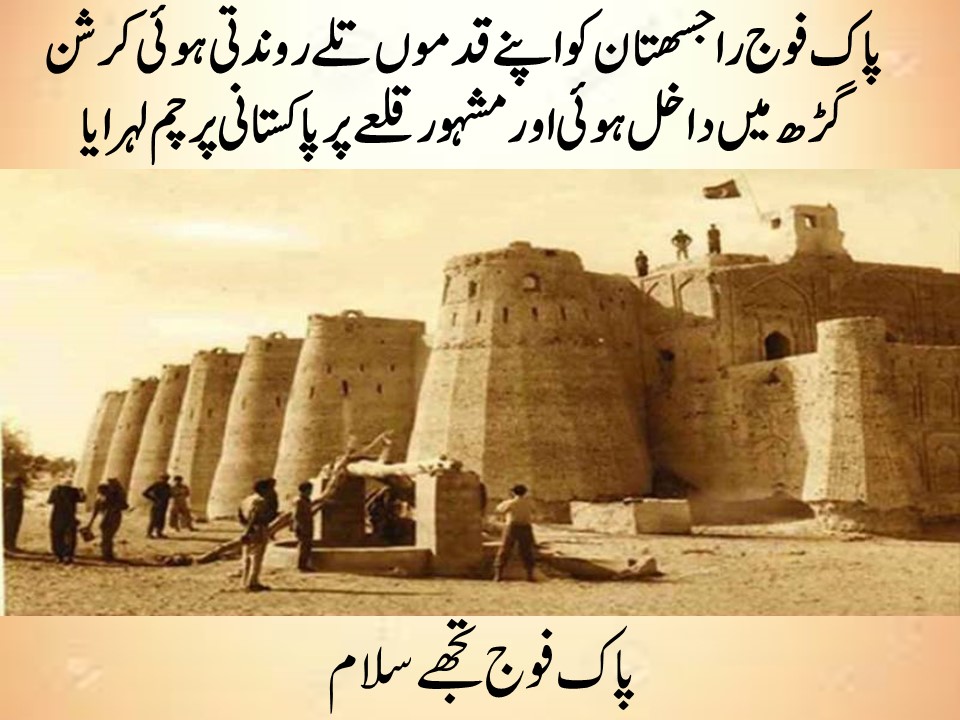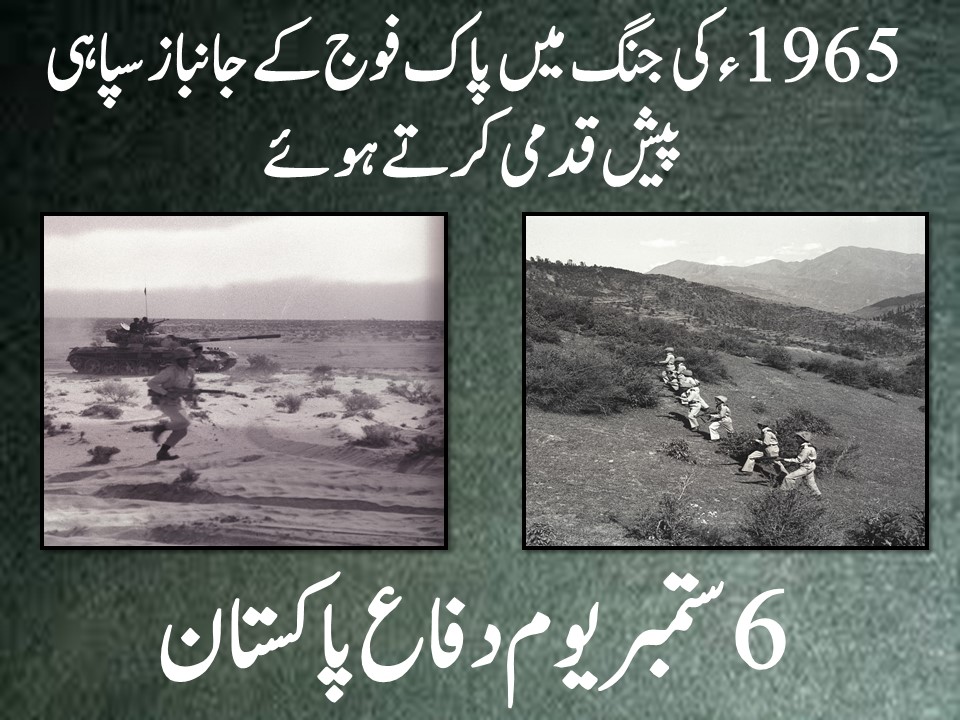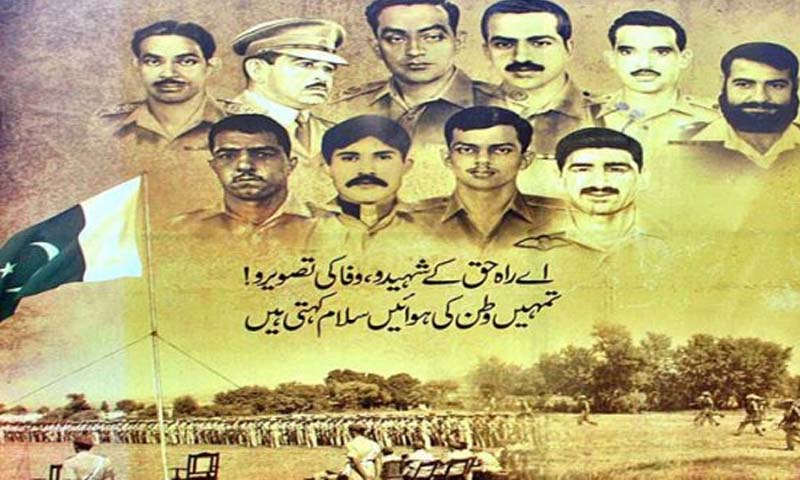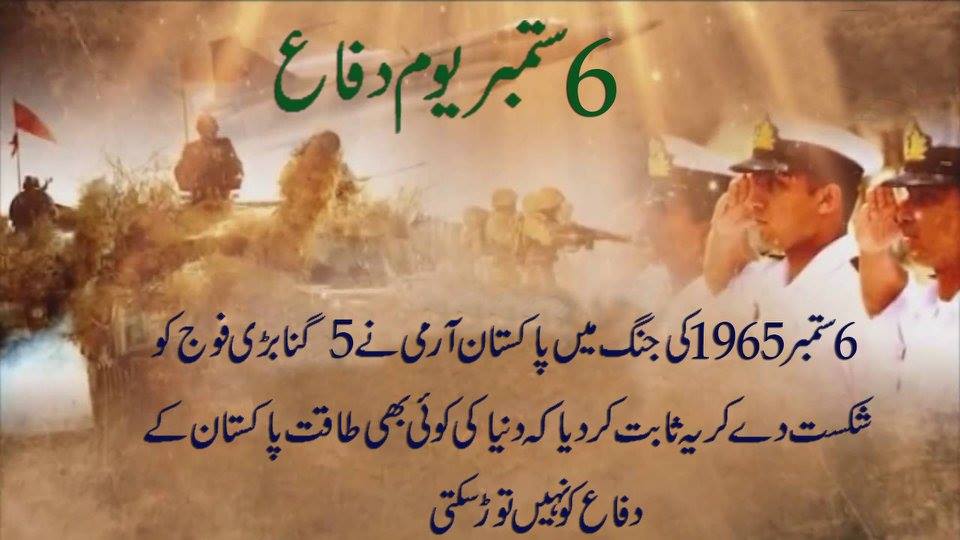Art Of Vengeance 1965 ( Pakistan defeat India on 6th September)
The 1965 war started because of a road
Very few people know that the war between India and Pakistan was founded in 1965 by a small skirmish in the deserted area of Run of Kachh.
The whole area was a kind of desert where some shepherds would occasionally go to graze their sheep or goats or would sometimes go on a patrol with the police.
Strategically, Pakistan was very advantageous here as their railway station was only 26 miles from the area, from where the distance to Karachi by rail was only 113 miles. The 8th Division of Pakistan was headquartered here.
On the other hand, almost all the ways to reach the field from India were almost inaccessible. The nearest 31st Brigade was at Ahmedabad, 180 km from the nearest railway station, Bhoj. Bhoj was a small town in the area but was 110 miles from the disputed Pakistani border.
The feud erupted when Indian security forces learned that Pakistan had built an 18-mile dirt road to connect Deng and Sarai. This road in many places went up to a mile and a half of the Indian border. India had protested at the local and diplomatic levels over the issue.

In response, Pakistan ordered Brigadier Azhar, commander of the 51st Brigade, to conduct more aggressive patrols in the area. In March, India also set up a Sardar Chowki half a kilometer south of Kajarkot.
India was further embarrassed when Pakistan summoned domestic and foreign journalists to show the weapons and ammunition left behind by Indian troops.
Major General Tikka Khan, the commander of Pakistan, ordered Brigadier Azhar to attack and destroy India's newly built Sardar Chowki.
The Pakistani attack began at 2 am on April 9. They were also ordered to occupy two more Indian outposts, Sardar Chowki, Jangal and Shalimar.
Special Reserve Police personnel stationed at Shalimar check post could not compete with the Pakistani troops advancing in the corps of machine guns and mortar fire. However, the police personnel stationed at Sardar Chowki put up strong resistance. After 14 hours of heavy fighting, Brigadier Azhar ordered a halt to the shelling.
Meanwhile, the policemen guarding the Sardar Chowki marched two miles back to the Vijay Kot Chowki.

The Pakistanis did not know this and they also ordered their troops to return to the place from where they had started the morning attack.
The soldiers returning in the evening realized that there were no Pakistani soldiers at Sardar Chowki. They recaptured the outpost in the evening without a fight.
BC Chakraborty has commented in his book 'History of Indo-Pak War, 1965' that 'the commander of Pakistan's 51st Brigade handled the operation as clumsily as Brigadier Pahlajani of India's 31st Infantry Brigade.
Given the gravity of the situation, India sent Major General Dunn from Mumbai.
Pakistan also called the full 8th Infantry Division from Karachi to the Pakistani city of Hyderabad.
At the time, the brigade commander in the area, Lt. Col. Sundarji, inspected the area in a police uniform and suggested that India should attack Kajarkot, but the government did not heed his advice.
This same Sundarji later became the Army Chief of India and in the same area he conducted the famous Brass Tech military exercise in 1987 which brought the armies of India and Pakistan almost to the brink of war.
Interestingly, the Chief of the Pakistan Air Force, Air Marshal Asghar Khan, called the Chief of the Indian Air Force, Air Marshal Arjun Singh, and offered to keep the two countries' air forces away from the war.
Although Asghar Khan did not mention the incident in his autobiography 'The First Round', it was later speculated that this may be the reason why Ayub Khan removed him from his post just ten days before the start of the war. Kar Air Marshal Noor Khan was made the Chief of the Pakistan Air Force.
On April 24, Pakistani troops led by Brigadier Iftikhar Janjua captured Sierra Bayt.
They used two full tank regiments and artillery for this and the Indian troops had to retreat.
In the next two days, the Indian troops had to evacuate the Beer Bait check post.
India was further embarrassed when Pakistan summoned local and foreign journalists to show the weapons and ammunition left behind by Indian troops.
Later, with British intervention, both armies retreated to their old fronts.
Farrukh Bajwa wrote in his book From Something to Tashkent that it provided an opportunity for the Pakistani army to test the capabilities of the Indian army, albeit at a limited level.
The then Deputy Chief of India, General Kumar Maglam, said: "For India, the fight of some was the wrong war with the right enemy at the wrong time." It also happened and it hurt them so much that the Kashmir war will prove to be a cake walk for them.
Former Indian High Commissioner to Pakistan Shankar Bajpayee says the clash was a blessing for India as it made him aware of Pakistan's intentions.
Three months later, when Pakistan launched Operation Gibraltar, the Indian Army was already ready to deal with them.
September 6, 1965, when the treacherous enemy invaded Pakistan unannounced
On September 6, 1965, the treacherous enemy attacked Pakistan with more than 600 tanks without any announcement.
Pakistani soldiers destroyed Indian tanks by planting bombs on their chests. Pakistan's defense line on the BRB canal stopped the enemy's advance.
After a relentless retreat at the hands of the Pakistan Army in Kashmir, India decided in retaliation to now violate the international border and on the morning of September 6, the enemy forces tried to enter the city of Lahore but failed anyway, their fate Was
On the morning of September 6, 1965, the Indian forces, without any announcement, crossed the international border near Lahore and tried their best to enter the city, but the enemy was repulsed by the Pak army at Bedian and Wagah. There was strong resistance. Attempts to enter the city of Kasur from Khemkar also cost India dearly.
Pakistani forces not only thwarted this advance but also retaliated by pushing Indian forces across the border to Khemkar.
President Field Marshal Ayub Khan delivered a historic address to the nation on the same day. His speech created such excitement that every individual in the country stood up to defend their borders.
On the other hand, the Pakistan Air Force carried out very successful attacks on Pathankot, Adampur and Halwara airbases in the Indian territory and in this operation of the Pakistan Air Force, dozens of enemy planes were destroyed. International observers say the attacks broke the back of the Indian Air Force.
The Pakistan Navy not only successfully stopped the advance of India at the port of Karachi but also went to India and destroyed the Indian planes and radar system at Dwarka, destroying the pride of the Indian forces.
The entire nation and the armed forces responded to the Indian army, which was many times bigger than them, with such a strong response to the attack on Pakistan that the world was amazed at the professionalism, courage and patriotism of the armed forces.



Comments